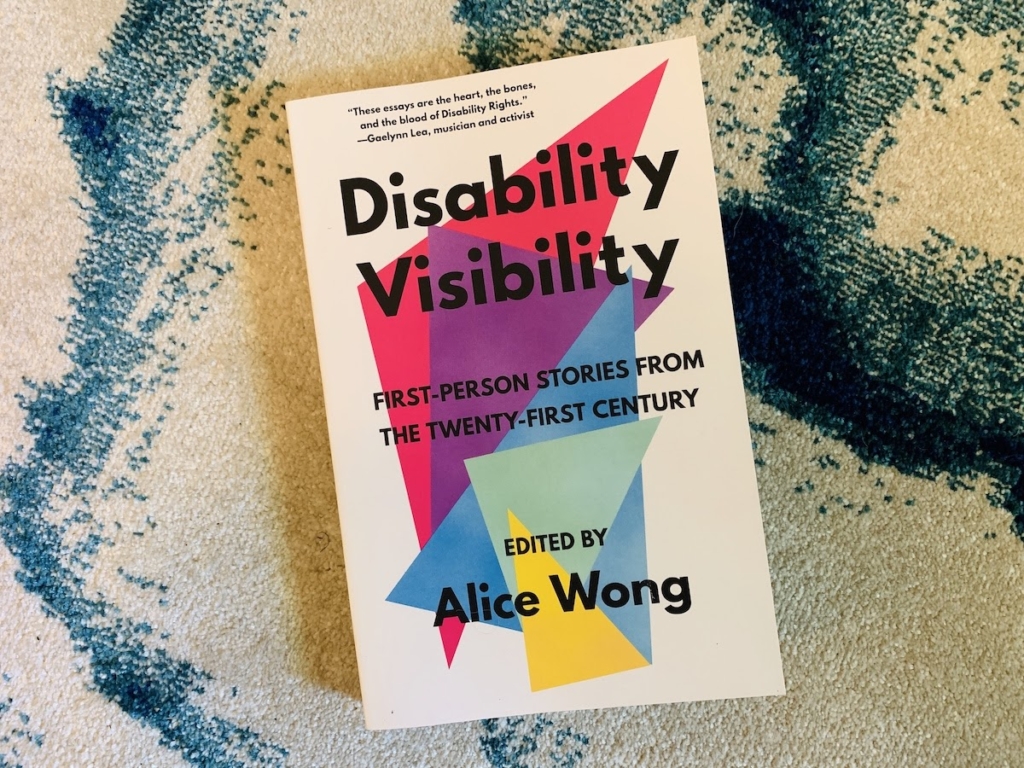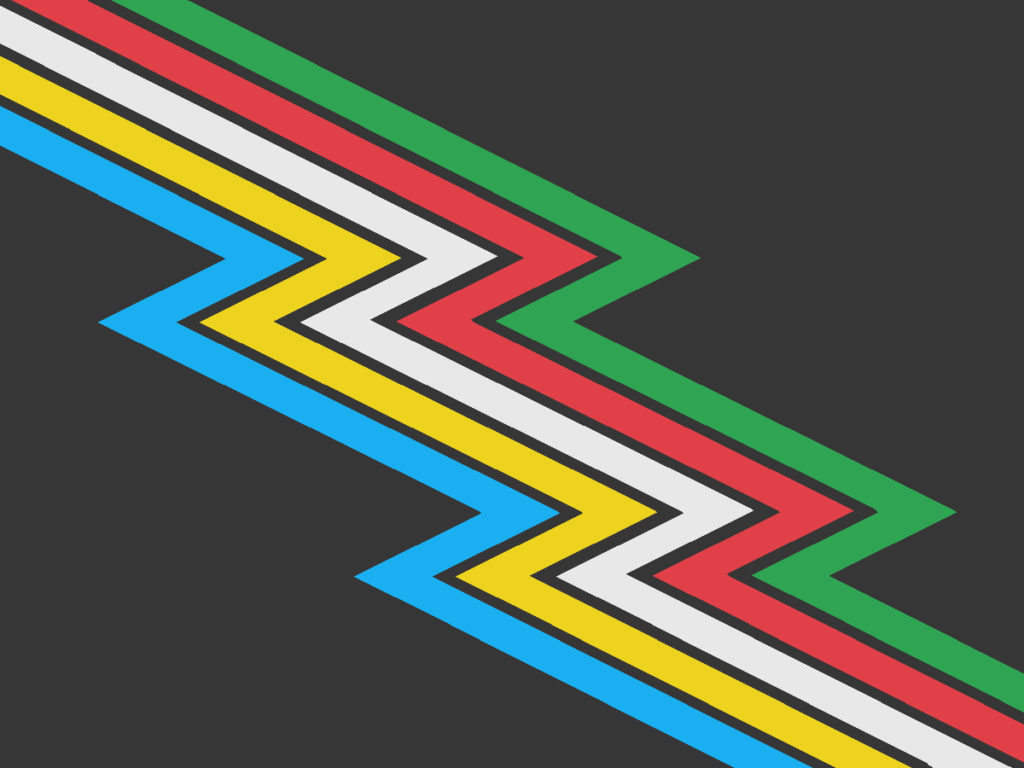Read time: 4 minutes
July is Disability Pride Month.
This July is especially important in that today, July 26, also marks the 30th anniversary of when the Americans with Disabilities Act (the ADA) was enacted into law.
Many people with disabilities feel invisible, are ignored or unvalued by their abled peers, are underrepresented in the media (and government and workplaces), and feel ashamed of who they are when they don’t line up with the ideals our society sets. With 1 in 5 people living in the United States with a disability, there's a good chance this is you or someone you know personally.
“Disability Pride has been defined as accepting and honoring each person's uniqueness and seeing it as a natural and beautiful part of human diversity. Disability Pride is an integral part of movement building, and a direct challenge of systemic ableism and stigmatizing definitions of disability.”
Source: Disabled World
Ways To Celebrate Disability Pride
Most (if not all) Disability Pride parades this year are cancelled due to COVID-19. It's unfortunate, but it's the right call to keep our communities safe. However, there are plenty of ways you can participate and lend your support while staying home.
Stay Home, Read Books
Last weekend, my copy of Disability Visibility by Alice Wong showed up in my mailbox. After just reading the first few stories, I strongly believe Disability Visibility should be on everyone's reading list.
This book collects essays, short stories, poetry, and other writings from an incredibly diverse list of disabled writers. Don't let the small size of this book fool you. The words contained within are powerful, personal, intelligent, and challenges one's perceptions and understandings of disability identity.

"In the face of what society tells us to hide, we are unapologetic individuals who want to celebrate and highlight our bodies. Instead of hiding the aspects of our identities that make us unique, we are Radically Visible."
—Sky Cubacub
"Taking up space as a disabled person is always revolutionary."
—Sandy Ho
Alice Wong is the founder of the Disability Visibility Project, an online community dedicated to creating, sharing, and amplifying disability media and culture. They also host the Disability Visibility Podcast and have a literal ton of excellent resources for you to check out.
Support Your Local Community
Here’s an upcoming virtual event hosted here in the Triangle of North Carolina (but online to reach a wider audience) that you can attend:
What’s The Deal With disABILITIES
The Triangle Celebrates 30 Years Of The ADA
Thursday, July 30th, noon–1pm EST
www.triangleada.com
Like all grassroots efforts, real change starts in your backyard. Ask around and check if there are any virtual events, talks, and or campaigns relating to disability advocacy or pride happening where you live. If there are no events happening where you live, ask yourself and others “why not?” and start organizing your own!
Small Ideas With Big Impacts
This is not an exhaustive list, but here are some small everyday ideas:
- Make your web content accessible.
- Avoid ableist words and phrases. The language we use matters and using ableist language, whether intended or not, continue to reinforce ableist attitudes and stereotypes throughout our society.
- Follow disability advocates and disabled people on social media. A few:
- Haben Girma: @HabenGirma (on Twitter) and @HabenGirma (on Instagram)
- Sara Luterman: @slooterman (on Twitter)
- Alice Wong: @SFdirewolf (on Twitter) and @disability_visibility (on Instagram)
- Liz Jackson: @elizejackson (on Twitter) and @eejackson (on Instagram)
- Emeka Nnaka: @emekannaka (on Twitter)
- Rachelle Chapman: @rachelles_wheels (on Instagram)
- Rebecca Dismuke: @itsrebeccakay (on Instagram)
- Erin Perkins: @mabely_q (on Instagram)
- Brandy Lewis: @pufffaluffagus (on Instagram)
- Jen Bricker-Bauer: @jenbricker (on Instagram)
- Julian Gavino: @thedisabledhippie (on Instagram)
- Dareen Barbar: @dareenbg (on Instagram)
- Follow the hashtags #ADA30, #BlackDisabledLivesMatter, #CripTheVote on Twitter.
- Wear a mask.
Looking Beyond Disability Pride Month
It's important to not overlook the reality that people with disabilities in the United States and around the world are still encountering barriers every single day, in both physical and digital spaces. With the effects of the ongoing COVID-19 pandemic on our disabled neighbors, the need for accessibility and inclusion are ever more critical. There is still so much work to be done and Disability Pride, education, and advocacy isn’t a July specific effort, but rather, an ongoing one.

